Working with copper is how I began my jewelry design business. At first I used it because the cost was less and it allowed me to experiment with new methods and designs before working with silver or gold. I found that I LOVE the material. Many of my designs are a compilation of silver and copper. A few even feature copper, gold and even steel! This blog shows you many of my designs… but first a little history.
Copper’s Discovery and Early Use
Copper, with its rich history spanning back to prehistoric times, holds a timeless allure that continues to fascinate us today. Its unique properties and remarkable impact on early civilizations have shaped the world as we know it.
The story of copper is not just one of metal; it is a narrative of innovation, artistry, and progress. From its malleability to its conductivity, copper has been a game-changer in the evolution of human society. Copper holds a fascinating history that dates back to ancient civilizations such as the Mesopotamians and the Egyptians. These early societies were among the first to recognize the incredible potential of copper and harness its unique properties for various applications.
Metallurgy Advancements
The discovery of extracting copper from its ore marked a significant advancement in metallurgy for ancient civilizations. Through experimentation and observation, early humans learned to heat copper ore to high temperatures, separating the metal from the rock. This breakthrough led to the development of metallurgical techniques that laid the foundation for future innovations in metalworking.
Symbolism and Religious Significance
Copper held symbolic and religious significance in the belief systems of prehistoric cultures. It was often associated with concepts of power, beauty, and spirituality. Archaeological findings reveal copper artifacts in burial sites, temples, and ceremonial objects, highlighting its revered status in ancient societies. The Egyptians considered copper a symbol of eternal life and used it in religious ceremonies and ornamental objects.
By understanding the early discovery and significance of copper, we gain insights into the ingenuity and cultural values of ancient civilizations. Their use of copper tools and artifacts not only shaped their daily lives but also influenced the symbolic meanings attributed to this versatile metal.
Copper in Art and Architecture
Copper’s allure in ancient civilizations transcended merely functional applications and extended into the realm of art and architecture, elevating it to a symbol of sophistication and beauty.
Intricate Copper Artifacts
In the realm of art, copper manifested in a myriad of forms, from intricate sculptures to delicate jewelry pieces that adorned the elite of ancient civilizations. The discovery of copper artifacts in archaeological digs provides a glimpse into the craftsmanship and cultural significance of these objects. In sites such as the Indus Valley Civilization, copper figurines and ceremonial objects hint at a society deeply rooted in artistic expression and symbolism. These artifacts not only showcase the technical prowess of ancient artisans but also offer a window into the beliefs and values of bygone eras.
Architectural Marvels
The integration of copper into ancient architecture marked a turning point in design aesthetics, as its malleability and durability allowed for the creation of stunning structures that stand the test of time. From the majestic roofs of temples and palaces to the intricate copper statues adorning public spaces, the metal played a pivotal role in shaping the visual landscape of prehistoric civilizations. The gleaming patina of aged copper added a sense of grandeur and timelessness to architectural marvels, captivating the eyes of onlookers and standing as a testament to human ingenuity.
Copper As a Form of Currency
Copper’s intrinsic value and versatility made it an ideal material for early societies to adopt as a form of currency. Its conductivity, durability, and scarcity added to its allure as a medium of exchange. With its sheen and malleability, copper coins or bars became a symbol of wealth and power, driving trade and commerce among civilizations.
The utilization of copper as currency not only facilitated smoother transactions but also contributed to the standardization of economic practices. The minting of copper coins with specific weights and markings helped establish a system of value that transcended borders, enabling seamless trade along established routes. As copper circulated through these trade networks it laid the foundation for modern monetary systems.
Copper in Medicine and Health
Copper’s antimicrobial properties are recognized for their ability to combat harmful bacteria and viruses. In modern healthcare settings, copper surfaces are increasingly being utilized to reduce the spread of infections. Hospitals are leveraging copper’s natural ability to kill microbes, showcasing its pivotal role in maintaining hygienic environments.
Beyond its antimicrobial properties, copper also holds promise in promoting wound healing. Copper-infused dressings have been developed to aid in the recovery process by supporting tissue repair and reducing the risk of infections.
In multiple studies, using copper to help ground us is documented to have beneficial effects on our emotional stress. Copper is also said to help us sleep better and deeper when we wear it to sleep.
Copper as Jewelry
Of course I have saved the best for last! Copper has a long and illustrious history when it comes to adorning the human body. Copper also works well with many gemstones. Turquoise in particular is mined near copper.
In ancient Egypt, copper jewelry was not just a decorative element but also a symbol of status and power. The intricate designs and craftsmanship showcased the wealth and prestige of the wearer. Similarly, in Mesopotamia, copper jewelry was often worn as an amulet to ward off evil spirits and bring good fortune.
Spiritual Significance
In many ancient societies, copper was believed to possess mystical properties. Copper jewelry was not only seen as aesthetically pleasing but also as a conduit for spiritual energy. The wearing of copper jewelry was thought to enhance the connection between the physical and spiritual realms.
Modern Resurgence
While the use of copper in jewelry may have evolved over the centuries, its allure remains timeless. Today, copper jewelry continues to be a popular choice for many, not only for its visual appeal but also for its believed therapeutic benefits, particularly in promoting overall well-being.
Conclusion
In conclusion, copper’s allure has stood the test of time, transitioning from a crucial resource in ancient civilizations to a versatile element woven into the fabric of modern society. Its ability to conduct electricity efficiently and its antimicrobial properties have cemented its place in various industries, from electronics to healthcare. The rich history and enduring appeal of copper continue to fascinate and inspire innovation, highlighting its remarkable journey from the ancient past to the contemporary world.
Follow me on my design journey and become a collector. Not only do my collectors receive first look at my newest designs but the also have the advantage of Collector-only discounts and specials. It’s Free. In addition you Get 15% off your first order.
Here’s How
Shop Here for all my Designs

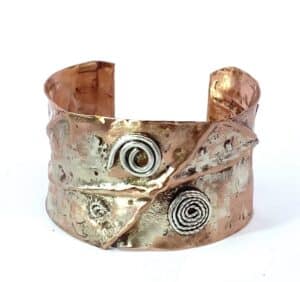
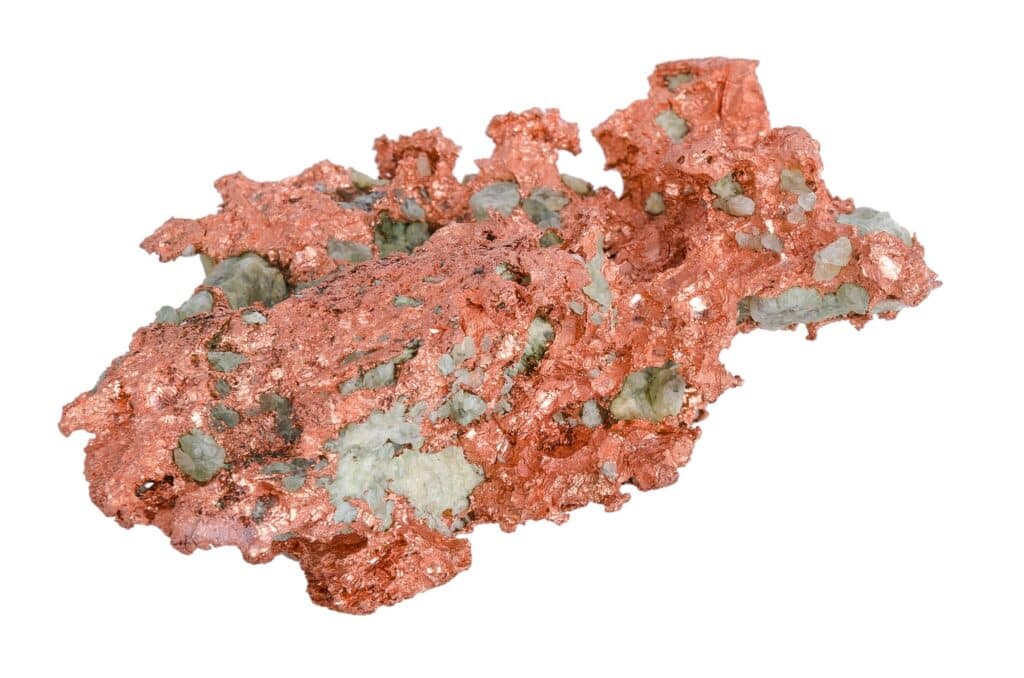
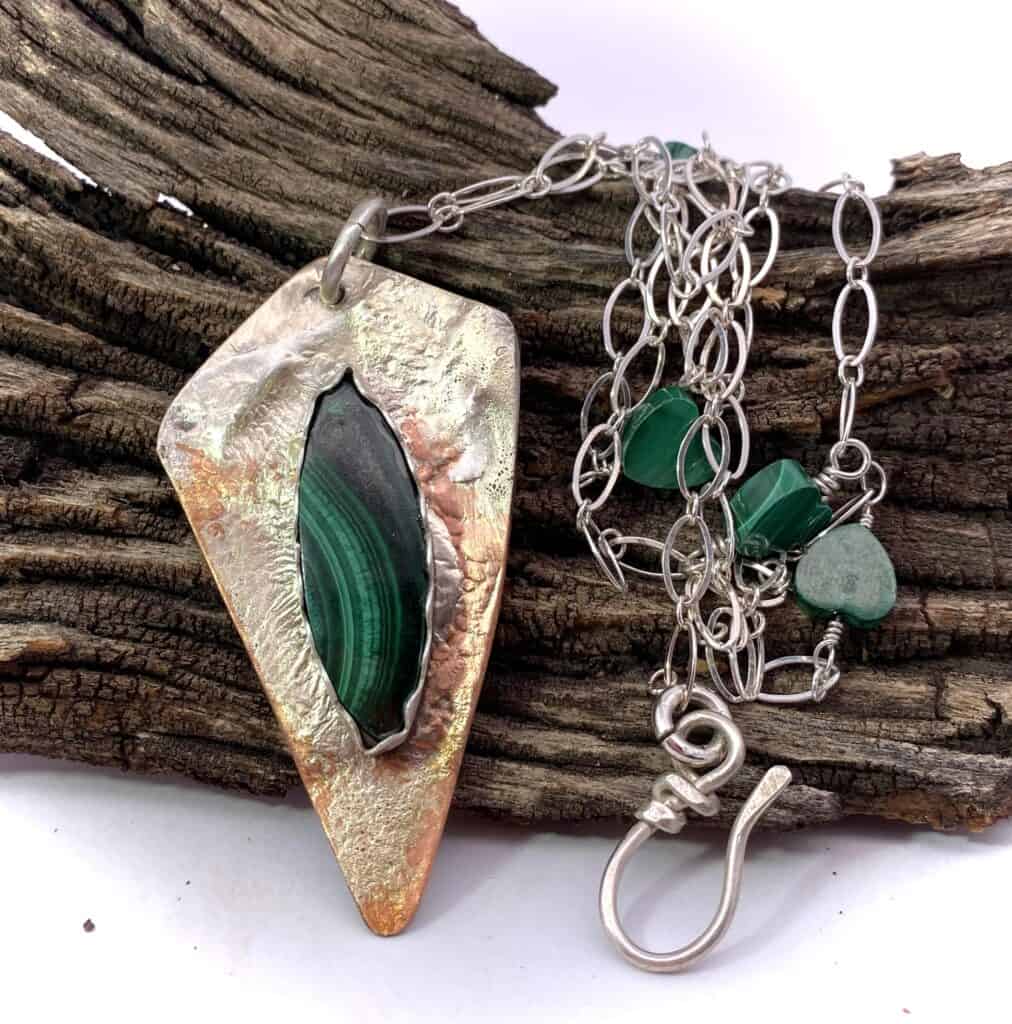
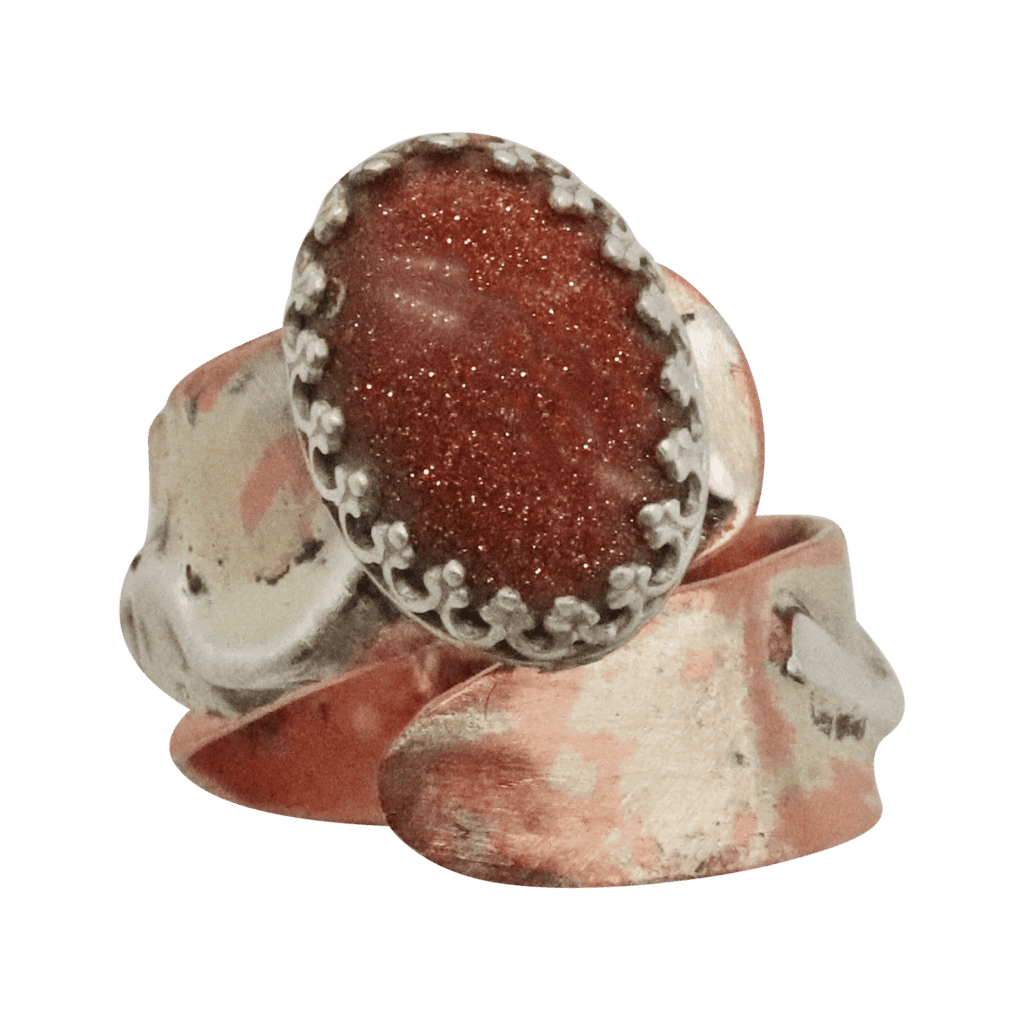
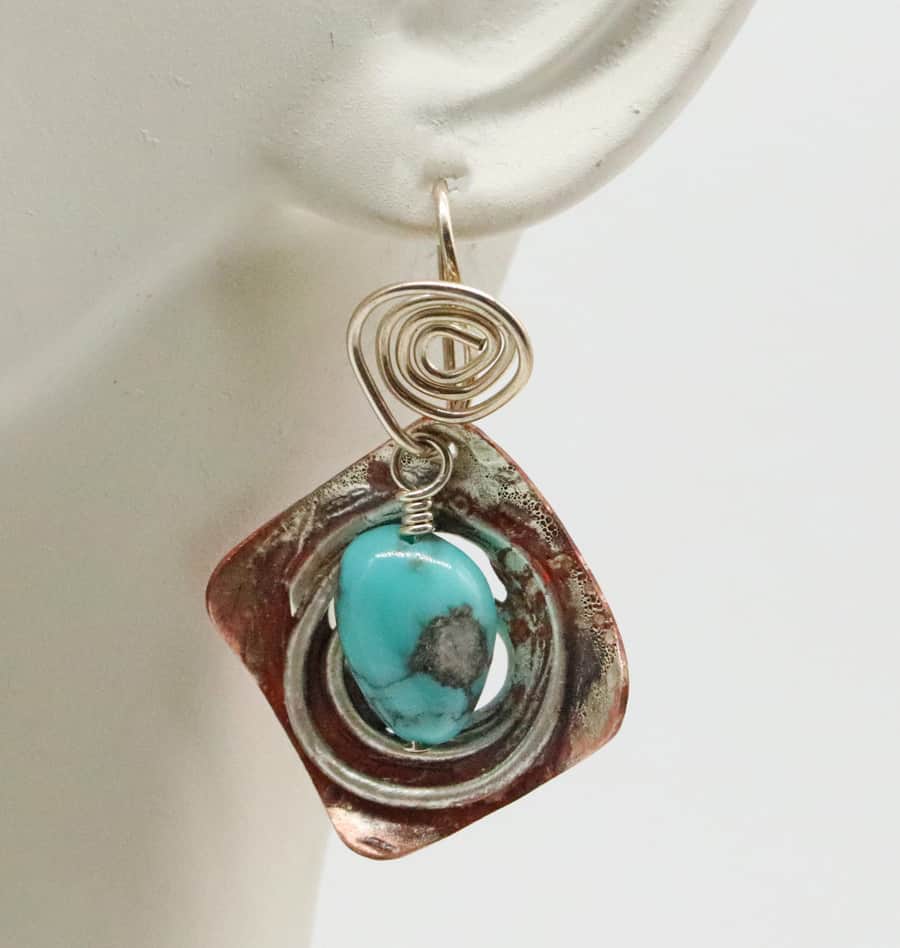
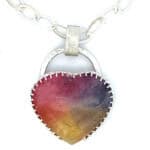
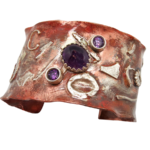
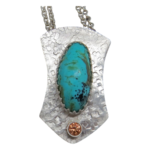
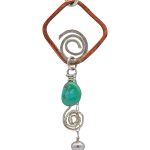
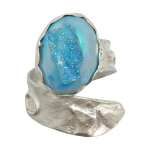
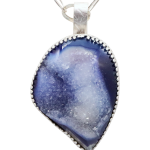
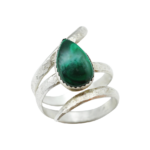
Leave a Reply